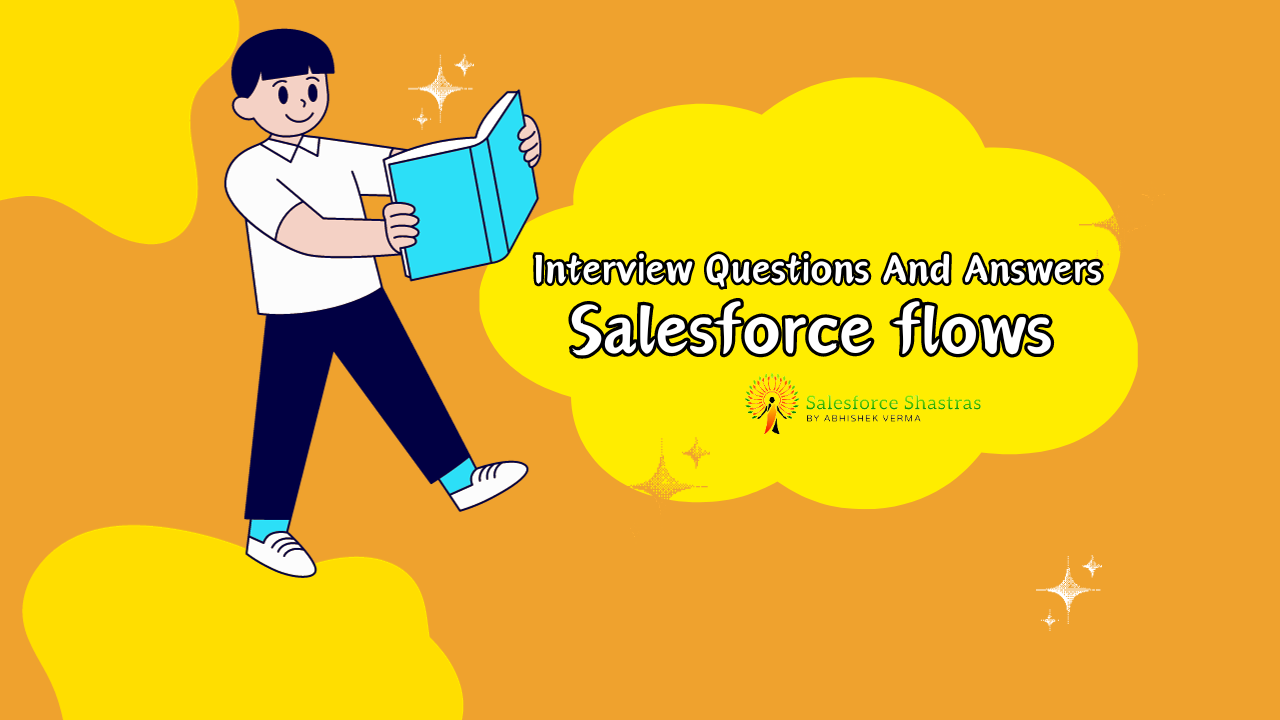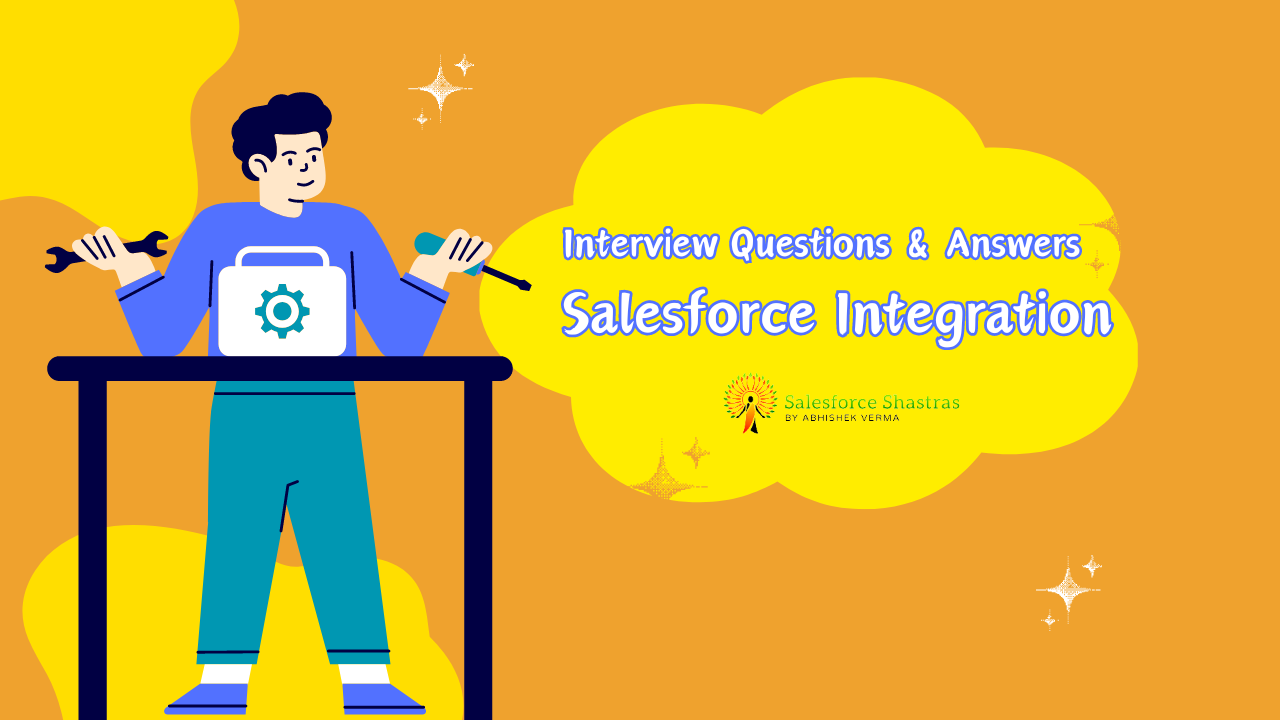Understanding Salesforce Flow
Salesforce Flow is a potent tool that allows administrators and developers to automate complex business processes. Understanding this tool is paramount for any Salesforce professional. Having sufficient knowledge about this tool will not only set you up for an exciting career but also prepares you to answer complex Salesforce Interview by providing you Salesforce Flow Interview Questions And Answers with examples.
Common Salesforce Flow Interview Questions and Answers
- What is Salesforce Flow?
- Salesforce Flow is a powerful automation tool within Salesforce that allows users to create complex workflows to automate business processes without writing any code.
- Can you explain the different types of Flows available in Salesforce?
- Salesforce offers various types of Flows including Screen Flows, Autolaunched Flows, Record-Triggered Flows, Schedule-Triggered Flows, and Platform Event-Triggered Flows.
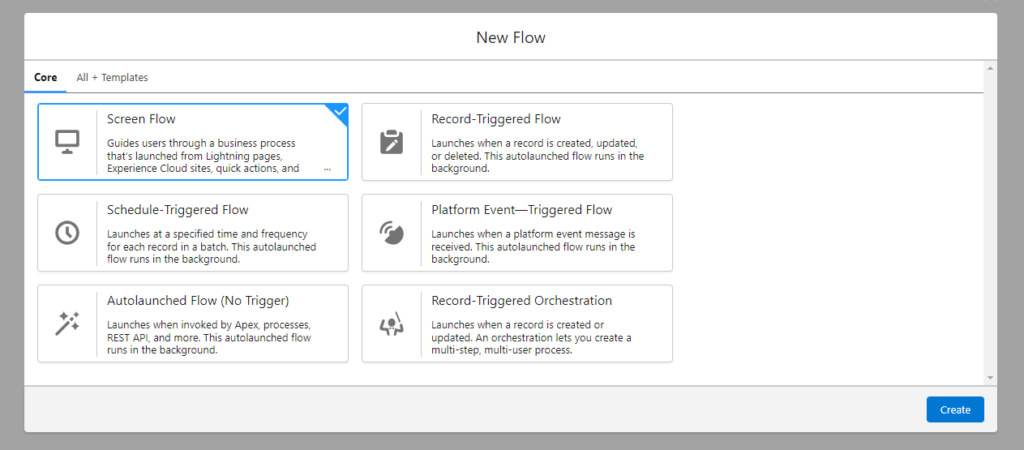
- What are the main components of a Flow?
- The main components of a Flow are Elements, Resources, and Connectors. Elements perform actions, Resources store data, and Connectors define the path of execution.
- How do you create a decision element in Flow?
- A decision element is created by defining criteria that determine which path the Flow should take. It’s similar to an “if-else” statement in programming.



- Can Flows call Apex classes?
- Yes, Flows can call Apex classes using the “Apex” action element, allowing for the execution of complex logic that may not be possible directly within the Flow.
- Here’s a sample code snippet that demonstrates how to call an Apex class from a Salesforce Flow using the
@InvocableMethodannotation:
- Here’s a sample code snippet that demonstrates how to call an Apex class from a Salesforce Flow using the
- Yes, Flows can call Apex classes using the “Apex” action element, allowing for the execution of complex logic that may not be possible directly within the Flow.
public class AccountActionController {
@InvocableMethod(label='Get Account Names' description='Returns the list of account names')
public static List<String> getAccountNames(List<ID> ids) {
List<String> accountNames = new List<String>();
List<Account> accounts = [SELECT Name FROM Account WHERE Id IN :ids];
for (Account account : accounts) {
accountNames.add(account.Name);
}
return accountNames;
}
}
In this example, the AccountActionController class has a method getAccountNames that is marked as invocable. This method takes a list of IDs and returns a list of account names. You can call this method from a Flow by creating an Apex action that references this method.


- What are some common use cases for Salesforce Flows?
- Common use cases include lead assignment, data cleanup, customer onboarding, and more.
- How can you schedule a Flow to run at specific intervals?
- You can use Schedule-Triggered Flows to run at defined intervals, such as daily or weekly.

- What is a Screen Flow?
- A Screen Flow is a type of Flow that interacts with the user through screens to collect data or provide information.
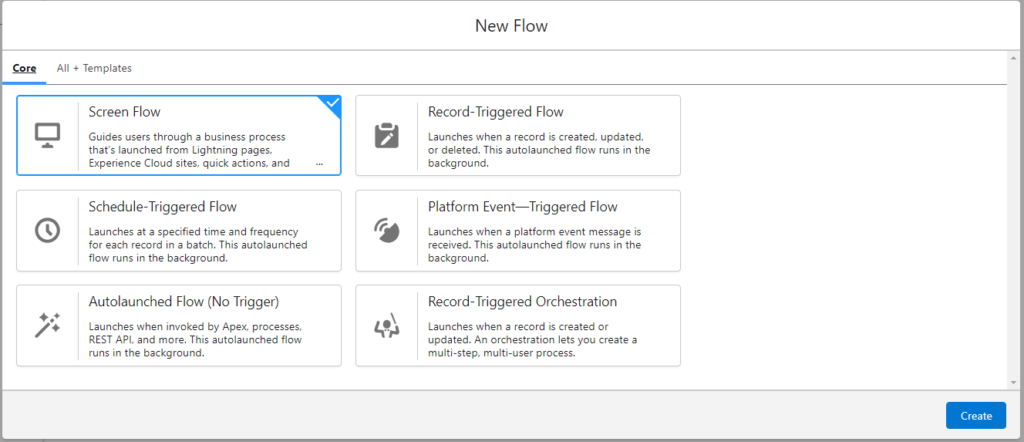
- What is a Record-Triggered Flow?
- A Record-Triggered Flow automatically runs when a record is created, updated, or deleted.
- How do you debug a Flow?
- Salesforce provides a debug option within the Flow Builder that allows you to test and troubleshoot your Flows.



- What are Flow Resources?
- Flow Resources are variables, constants, formulas, and collections that store data within a Flow.
- Can you use SOQL queries in Flows?
- Yes, you can use the “Get Records” element to perform SOQL queries within Flows.


- What are the limitations of Salesforce Flow?
- Limitations include a maximum number of elements, SOQL queries, DML operations, and loop iterations.
- How do you handle errors in Flows?
- You can use fault connectors and error handling elements to manage exceptions in Flows.




- Can Flows integrate with external systems?
- Yes, Flows can integrate with external systems using actions like HTTP requests or Salesforce Connect.


- What is a Loop element in Flow?
- A Loop element iterates over a collection of records or values within a Flow.

- How do you optimize the performance of a Flow?
- To optimize performance, minimize SOQL queries, use filters, and avoid unnecessary loops.
- What is the difference between a Flow and Process Builder?
- Flows are more versatile and can handle complex logic, while Process Builder is better suited for simpler, criteria-based automation.
- Can you create custom screens in Flows?
- Yes, you can create custom screens with various input and display components in Screen Flows.
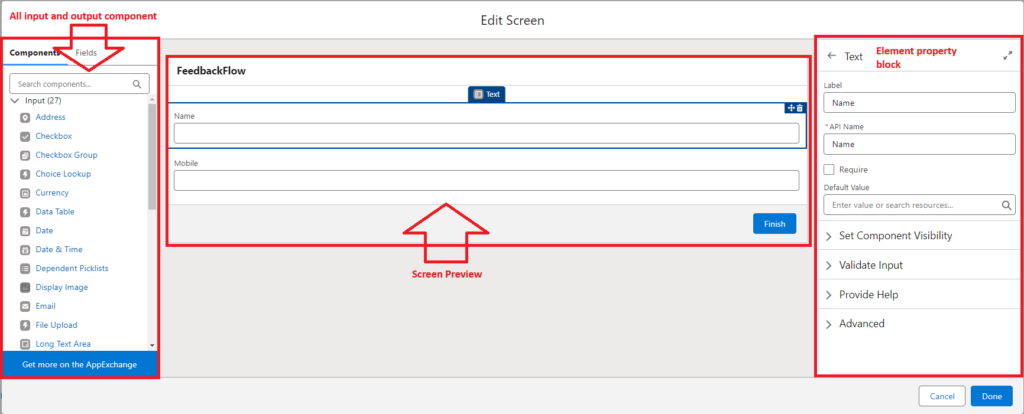
- How do you pass data between Flow elements?
- Data is passed between elements using Flow Resources like variables and collections.


- What is a Subflow?
- A Subflow is a reusable Flow that can be invoked by another Flow.


- Can you use Flow to create or update records in bulk?
- Yes, Flows can create or update records in bulk using the “Create Records” and “Update Records” elements.

- How do you ensure a Flow is bulk-safe?
- To ensure bulk-safety, design Flows that can handle multiple records efficiently and avoid hitting governor limits.
- What is a Collection Variable in Flow?
- A Collection Variable is a type of variable that holds multiple values or records.
- Can you use Flow to send emails?
- Yes, Flows can send emails using the “Send Email” action element.


- What is a Pause element in Flow?
- A Pause element temporarily suspends the execution of a Flow until a specified event occurs.
- How do you use Flow to guide users through a process?
- Screen Flows can be designed with multiple screens to guide users through a step-by-step process.
- What is a Platform Event-Triggered Flow?
- This type of Flow is triggered by the occurrence of a platform event message.

- Can you use Flow to delete records?
- Yes, Flows can delete records using the “Delete Records” element.

- What is the difference between a Constant and a Variable in Flow?
- A Constant holds a fixed value, while a Variable’s value can change during the Flow’s execution.
- How do you validate user input in Screen Flows?
- You can use validation rules or conditional visibility to ensure user input meets certain criteria.

- What is a Flow Template?
- A Flow Template is a pre-built Flow that can be customized and deployed in your org.
- Can you use Flow to automate data migration?
- While not typically used for large-scale data migration, Flows can automate the movement of small sets of data.
- How do you handle bulk data processing in Flows?
- Use collection variables and loops to process data in bulk, and be mindful of governor limits.
- What is a Flow Action?
- A Flow Action is an operation that can be performed within a Flow, such as creating a record or sending an email.

- Can you use Flow to manage approval processes?
- Yes, Flows can be configured to handle approval processes by routing records and managing approvals.
- How do you test a Flow?
- Flows can be tested using the debug feature or by creating test scenarios in a sandbox environment.
- What is a Flow Orchestrator?
- Flow Orchestrator is a tool that allows you to design complex, multi-user workflows with Flows.

- Can you use Flow to update related records?
- Yes, Flows can update related records using the “Update Records” element and specifying the relationship.
- How do you use Flow to enforce business rules?
- Flows can enforce business rules by evaluating criteria and performing actions based on those evaluations.
- What is a Flow Element?
- A Flow Element is a building block of a Flow that performs a specific function, like a decision or an action.
- Can you use Flow to create complex calculations?
- Yes, Flows can perform complex calculations using formula resources and assignment elements.
- What is a Flow Connector?
- A Flow Connector defines the path of execution between Flow Elements.
- How do you use Flow to manage user access?
- Flows can manage user access by creating or updating user records and setting permissions.
- What is a Flow Trigger?
- A Flow Trigger is an event that initiates the execution of a Flow, such as a record update or a scheduled time.
- Can you use Flow to integrate with APIs?
- Yes, Flows can integrate with APIs using HTTP request elements to send and receive data.
- What is a Flow Loop Counter?
- A Flow Loop Counter is a system variable that tracks the number of iterations in a loop.
- How do you use Flow to handle exceptions?
- Flows can handle exceptions using fault connectors and error handling elements to manage unexpected outcomes.
- What is a Flow Assignment?
- A Flow Assignment is an element that assigns a value to a variable or updates a field on a record.
- Can you use Flow to create dynamic user interfaces?
- Yes, Screen Flows can create dynamic user interfaces with conditional visibility and dynamic choices.
Additional Resources:
Flow Builder – Salesforce Help
Salesforce Flows and Their Types
Subscribe to my YouTube channel for more exciting videos on salesforce 👇

